Last week, I defined the term and described how colorism personally impacts my family on a regular basis, and I promised a booklist. The feedback and response were tremendous. The collective reaction from people of every skin tone reminded me that colorism is deeply embedded in our communities. It’s so deeply-rooted that some people had never even thought of it as a thing. It sort of just…is.
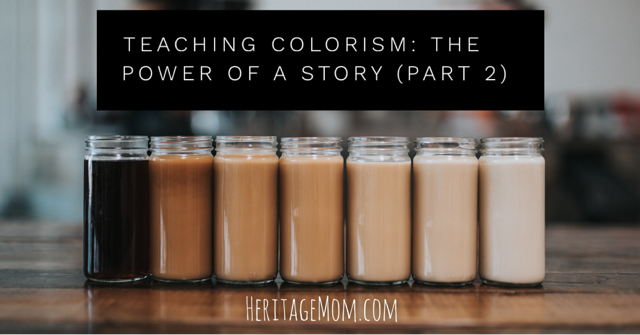
After my daughter’s darker skin tone was negatively questioned or referenced one too many times, I realized that society was not going to allow me the time and space to shelve the disturbing topic of colorism.
Some people feel that their right to know “how this could be” trumps my child’s right to feel whole and loved.
But we’ve all heard many times before that we can’t control others; we can only control ourselves. So what could I do to shield my child’s heart from the blows of colorism?
I decided to use teaching and talking as forms of resistance.
I would remove the power of silence and shame by pouring light into the darkness. I would be the one to tell my children about colorism, breakdown the impact, and call it what it’s rarely called: sin. I would direct the conversation and influence my children’s thinking from a very early age. As uncomfortable as it was (still is) for me, I would make the topic a normal occurrence in our home. I would pray to God and arm my children with the ammunition to push back against it while also filling their minds with the understanding of who they are and whose they are.
You are beautiful and whole – inside and out. Mama loves you so much. I prayed for God to send me a child JUST LIKE YOU. He gave me my heart’s desire, and I will spend the rest of my life as your biggest fan. I will always be home base. And yet, as much as I adore you, my love can’t even begin to compare to the love of our Lord who created you in His very own image. It is not possible for you to be any more special. He knew exactly who you would be and what you would look like before you were born, and He makes no mistakes.
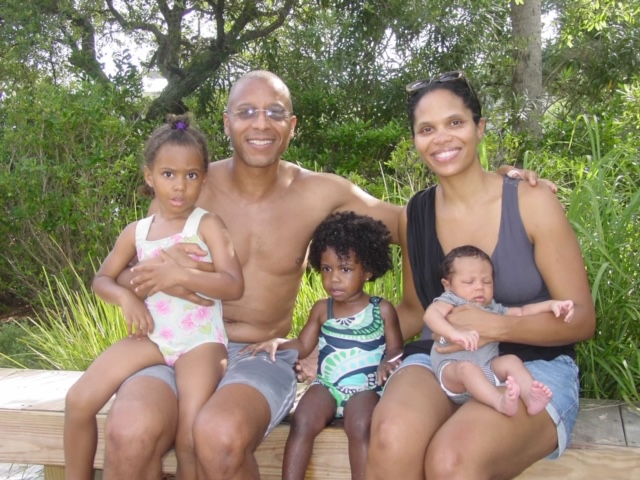
And I say this to all of my children – not just my brownest girl – because colorism negatively impacts every one of them. In fact, I have to work just as hard to build up and protect the older, lighter-skinned daughter. Because guess what? When the enemy comes, he looks to devour entire families. He wants to divide so he can conquer.
My lighter daughter feels the weight and shame every single time she overhears a negative comment about her sister. She feels defensive and angry when someone asks her why her sister looks like she doesn’t belong. But long after the conversation ends, her anger turns to sadness, confusion, and fear. Hearing negative comments about her sister – especially comments of comparison between the two girls – makes the lighter sister feel ashamed of herself and how she looks.
See how insidious colorism is? No one is happy. The one being criticized feels ashamed and the one being lauded feels ashamed too.
I feel that I could go on and on, but I’ll stop here because I want to share some tools with you. These tools – known to some as books – are what I use to resist (aka teach) and to initiate difficult conversations. They range from very simple to difficult and complex, so I created a simple ranking system to help you determine which books are best for your family at this time. They have all played a role in my home, and I hope you find something here that will get the conversations started in your home too.
[Disclosure: As an Amazon Associate, I may earn commissions from qualifying purchases using some of these links, at no additional cost to you.]

Colors Around Me* is a book I absolutely love. It’s older and very basic, featuring an illustrated portrait of a single child on each page. Under the portrait it tells the child’s name and compares their skin color to something familiar: “Emily is brown like chocolate cake. Sharon is tan like peanut butter. Victor is pink like bubble gum,” and it ends with a brief description of the term “African American” and how they’re all beautiful “just like you” and “just like me.” I really appreciate that this book highlights differences instead of shying away from them. Yes, we all have different skin. Cool! Neat! Interesting! Awesome! Beautiful! It gives young children permission to talk about skin color in a normal, non-threatening way. The book also offers a mini-history lesson because it uses a couple of pages to explain that “African American people were once called Negroes. Negro is the Spanish word for black.” This lesson is good for all children, but it is especially important for Charlotte Mason homeschoolers or teachers who are sharing a lot of older books with their children because they will encounter the word “negro” early and often. For early conversations – Stage 1 (no conflict)
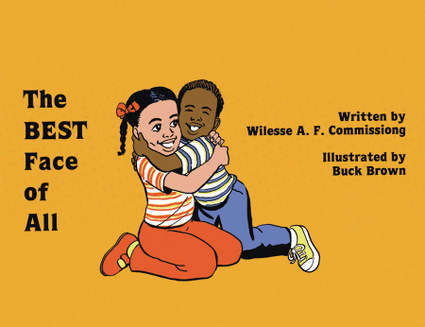
The Best Face of All* is an uplifting book that celebrates the differences between eye shape/color, noses, mouths, hair, skin color, and ultimately, faces. “Some faces are brown faces. Some faces are like honey – smooth and golden. And some faces are the darkest of brown like polished ebony and rich sweet dark chocolate. Which face is the best face? Faces that are kind faces are the best faces. Faces that are forgiving faces are the best faces.” This book is unique because it addresses other facial features beyond purely skin color. These are all things that children may grow to love or hate about themselves – eyes, nose, lips, skin, hair, etc. I do not love the illustrations in this book (very basic cartoon-type pictures), but I overlook that small thing because the message is golden. For early conversations (no conflict)

The Colors of Us takes a different approach to the beauty of various skin tones, and I love it just as much. It is a simple story about a little girl named Lena whose mother is an artist. Her mom explains how to mix paints to come up with the perfect brown color. Then they go on a walk around the neighborhood and run into various friends, family members, and community workers who are all different shades of brown. The character’s names and illustrations are used as signals to the reader that some of the people represent different cultures, but my children didn’t pick up on those cultural cues until they were a little older. They just saw shades of brown which was totally fine. This book is unique in that it shows the multi-ethnic range of colors. I could argue that the images are somewhat stereotypical and the naming a bit contrived, but it’s still a winner in my book. For early conversations – Stage 1 (no conflict)

I shed tears of joy the first time I read Same Difference. Admittedly, I was having an emotional time dealing with how my girls would perceive each other and what impact it could have on their relationship, so I was in a vulnerable place, but still. In this book, two cousins named Lida and Lisa are the very best of friends. They love each other and are inseparable. But one day while playing in front of the mirror they notice that they look very different, and the begin to think that there is a problem. They wisely go to their grandmother to figure out why they don’t look the same, and she lovingly sets them straight: “You can be different and still be the same. No one is better. No one is first. You come from people who look very diverse,” she begins. The book goes on to celebrate the beauty in each girl, in everyone, and ends with the cousins right back to living their lives as one. For early conversations – Stage 2 (mutual personal conflict, completely resolved)
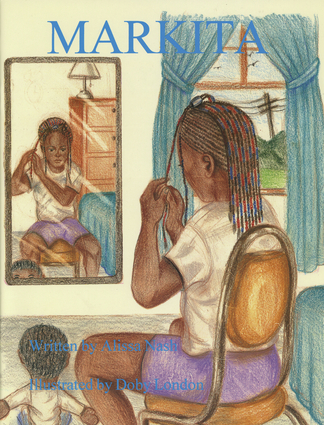
Markita* is the next step up from Same Difference because rather than a mutual confusion about skin color, the main character struggles alone with being darker than her cousins: “Even though we are all in the same family, you can probably see that I’m different. I’m darker. And sometimes, I don’t want to be.” She takes her concerns to her mother, and much like the grandmother in Same Difference, her mother lovingly walks her through a conversation: “I know you’re going to run into some people who aren’t wise enough to see your beauty…You must never forget how beautiful you are.” In addition to the general discussion, this book gets into the way Markita feels when people talk about her cousin’s “good” hair and when she receives warnings about staying out in the sun too long (presumably because she’ll get even darker). At the end of the book is a note to the parent/teacher with a bit of history about colorism and talking points for discussions with kids. For intermediate conversations – Stage 3 (one-sided personal conflict, not readily resolved)

Sulwe, by Academy-award winning actress Lupita Nyong’o (a beloved woman in our home), is one of my new favorites. It was published last year, but I only recently found out about it (Thank you, Mrs. O!). My girls tore into it before I even had the chance to absorb it, so that was that. I will be reading it to my sons soon. It is a beautiful book about a little girl who is the darkest in her family (based on the author’s real life). She is constantly compared to her light sister, so she tries everything she can to make herself lighter. Eventually, when nothing works, she decides to just go away, but her sister comes looking for her and convinces her how much the world needs her. The story switches between real-life and a fantasy world where the sister represents day, and Sulwe represents night. For intermediate conversations – Stage 3 (one-sided personal conflict, completely resolved)

She Loved Baseball: The Effa Manley Story is not all about skin color in the same way, but I use it as a gateway book when I’m ready to go deeper. This biographical book discusses racism, sexism, and colorism without ever naming them. As a Black woman, Effa Manley was discriminated against during her career in baseball management because she was African American and because she was a woman. But before we get to her adult life, the author shares a childhood scene when the principal asked Effa why she must play with “those negroes” in the schoolyard. Effa was incredibly confused by this because those negroes were her siblings; she was born very light, and they had darker skin. “People with dark skin couldn’t eat in certain restaurants or swim in public pools. Now it seemed they couldn’t play with their sister, either.” This book is fertile with so many jumping off places for rich conversation. It’s a big step up from the previous books because it’s not theoretical; it’s a true story. It allows children to see that though we love people of all shades, there are people who do not feel that way, and they are wrong. For intermediate conversations – Stage 4 (external conflict, societal involvement, racism, historical context)

Color Me Dark is part of the Dear America series in which each book is written in the form of a diary of a young woman’s life during important events or time periods in American history. These historical fiction novels are written by various authors, but this particular one was written by one of my favorite children’s authors, Patricia C. McKissack. Color Me Dark covers a year (1919) in the life of 12-year-old Nellie Lee and her sister Erma Jean. The primary storyline tells of the close-knit family’s move from rural Tennessee to Chicago in the first wave of the Great Migration, but colorism is an underlying theme throughout the book. Nellie Lee is light-skinned, Erma Jean is dark-skinned, and they each have to face what that means in America: “Some people are so color struck. They think being light-skinned is better than being dark! Mama says that’s nonsense and I think so, too…Daddy says a Colored family is like a beautiful bouquet of flowers.” The twist that I appreciate in this book is that the light-skinned sister is the one who struggles most with the colorism and unfair treatment her sister experiences while Erma Jean is very comfortable in her dark skin. I think that was a unique and important view for the author to take. For intermediate conversations – Stage 4 (external conflict, societal involvement, racism, historical context)

Genesis Begins Again is an important book, but it is not one that you can just hand over to your child to read. It says it’s for 4th-8th grade, but I’d say more like 6th-9th grade. My daughter read it as part of an African American “Black Girl Magic” Literary Analysis & Composition class she took online in the spring, and it pushed me to the very edge of my comfort zone. Actually, it was outside my comfort zone, but (1) my daughter loved it, and (2) the instructor unconsciously urged me to push the envelope. I do wish my daughter had been older (she’s ten), but the book helped me see how complex her thoughts are about things we had never discussed. The main character in the book is a thirteen-year-old girl who must overcome internalized racism and a verbally abusive family to finally learn to love herself. “Genesis is determined to fix her family, and she’s willing to try anything to do so…even if it means harming herself in the process. But when Genesis starts to find a thing or two she actually likes about herself, she discovers that changing her own attitude is the first step in helping change others.”
Before buying, I suggest your read Chapter One which is available in full in the description on Amazon. And before giving to you child, I suggest you read the entire book – cover to cover – to make sure you’re both ready. There are a few uses of “hell,” one “damn,” and the Lord’s name is used in vain once. Overall, I feel this book is an important contemporary work for bringing to light some very real issues in a way that a teen would experience them vs. a little girl. If you and your older child are ready to take it to the next level, then this is the book for you. For advanced conversations – Stage 5 (self-hatred, self-harm, family dysfunction, alcoholism, homelessness, bullying, and an array of other mature topics)
There are ninety-six reasons why thirteen-year-old Genesis dislikes herself. She knows the exact number because she keeps a list:
Genesis Begins Again by Alicia D. Williams
-Because her family is always being put out of their house.
-Because her dad has a gambling problem. And maybe a drinking problem too.
-Because Genesis knows this is all her fault.
-Because she wasn’t born looking like Mama.
-Because she is too black.
Bonus theme: One thing that I really appreciate about most of these books is how they normalize sharing concerns with a trusted adult. So many books make it seem like adults aren’t worth confiding in, and they point to peer counseling as the only or best solution. In contrast, these books further support what I’ve told my children about always being able to come to me about ANYTHING. Forever. And they each show that the child feels better and more supported after pulling a loved one into their world.
*Important note: These three books are published by Black-owned publishing company, African American Images Inc, based in Chicago. The books were published in 1971 (Colors Around Me), 1991 (The Best Face of All), and 1994 (Markita), and to say that they are unique is an understatement. And do you know what else is unique? The fact that they are still available. Those of you who run around chasing down out of print books know what a miracle this is! I’m so incredibly thankful that Dr. Jawanza Kunjufu continues to make them available for families like mine and yours. I don’t know him personally, but I do know that buying books like these helps ensure that small businesses remain open and that these types of very special books continue to remain in print. Colors Around Me is available on Amazon or his site. The other two are only available on his site.
And just for fun, I’m adding a couple of videos that my children have enjoyed. For older children (middle school and up), I suggest Dark Girls (preview the entire video before sharing with your child).
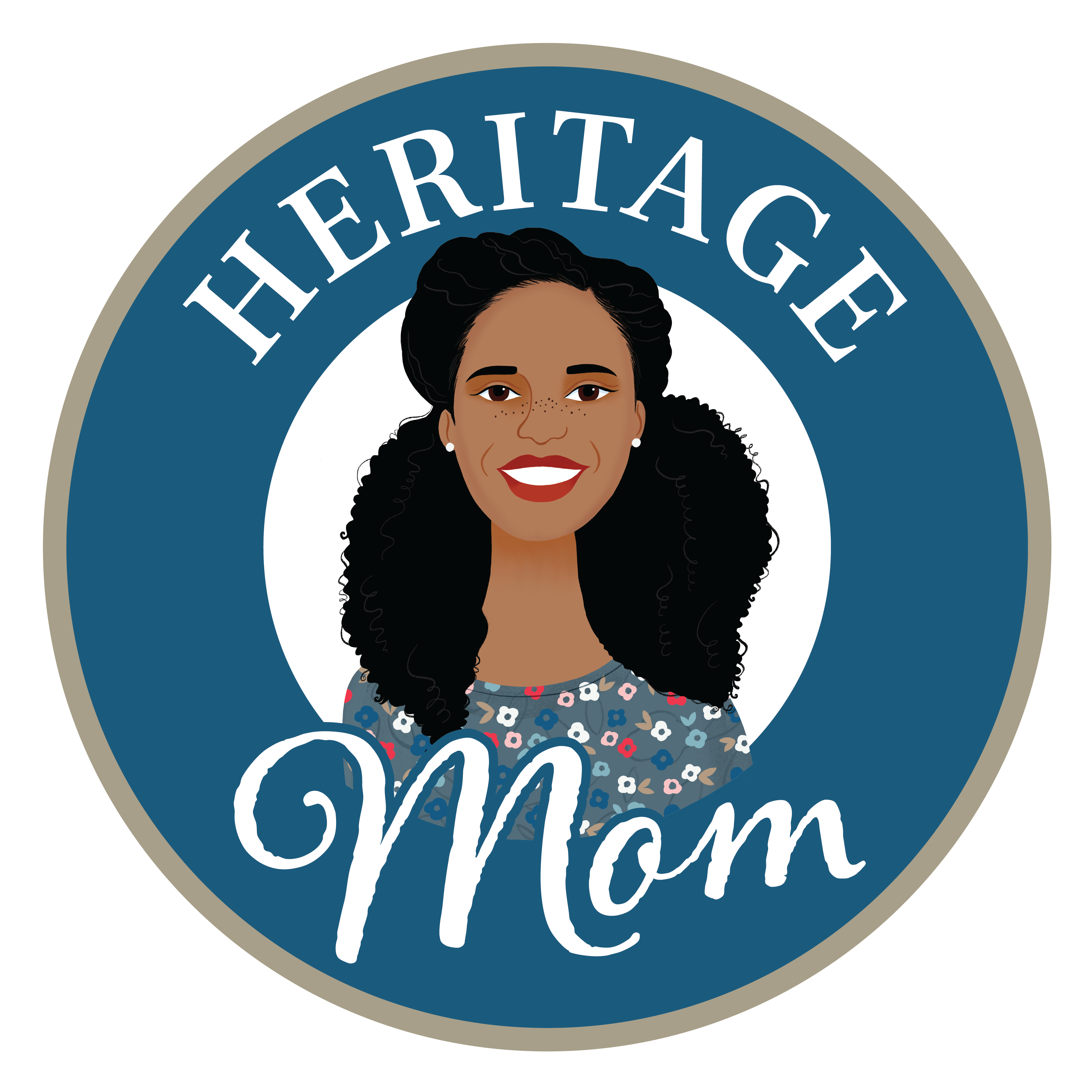
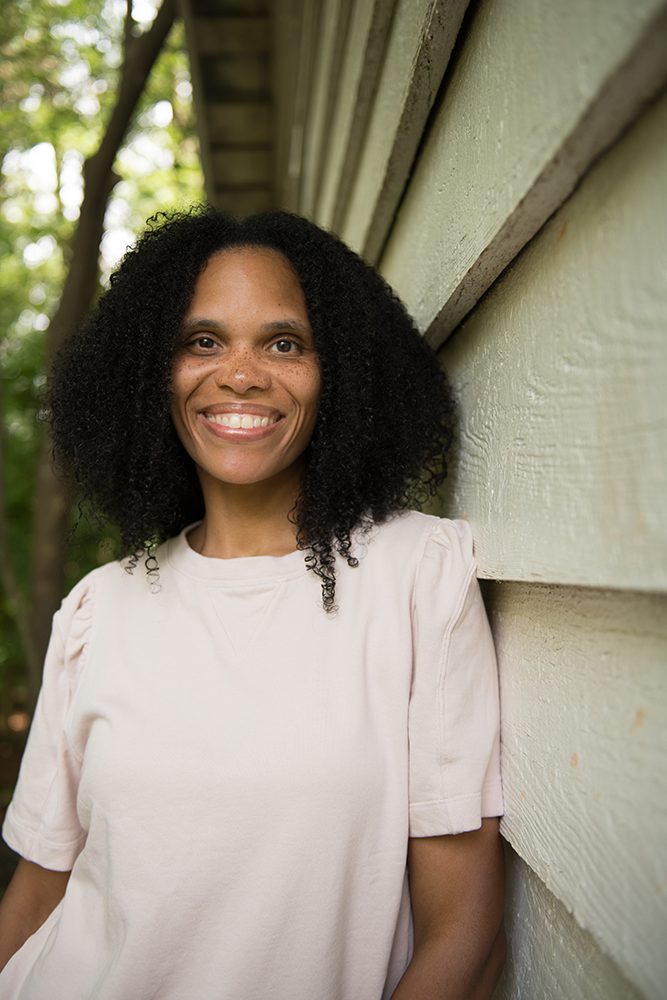
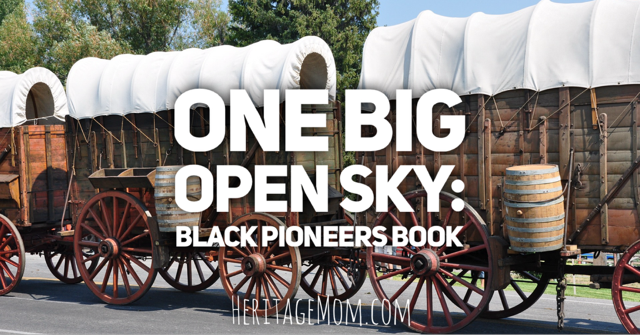
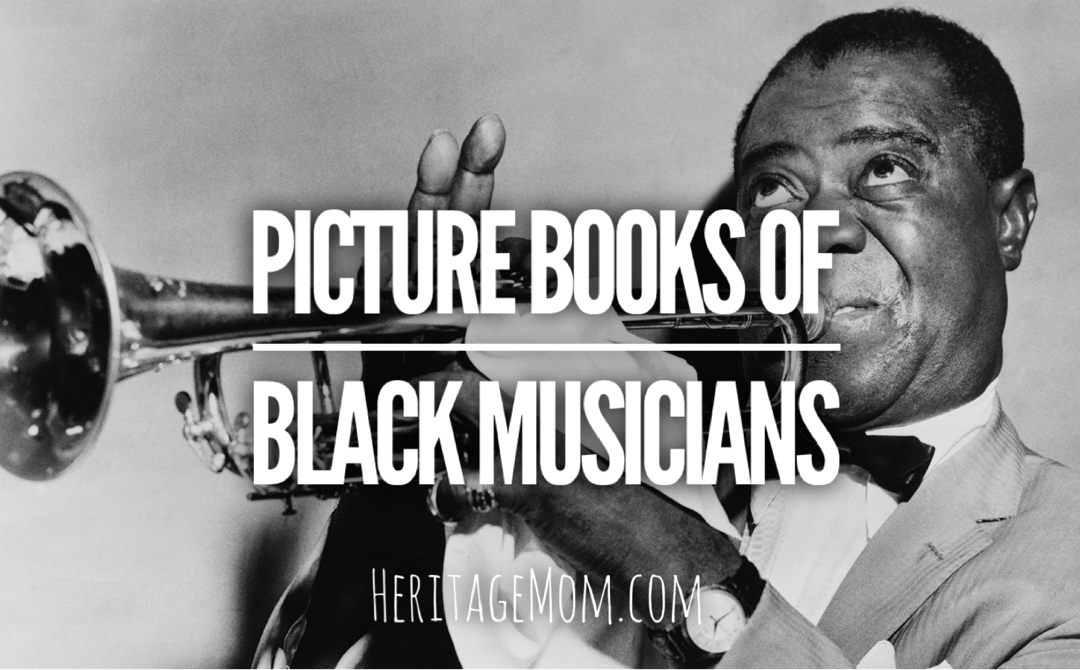
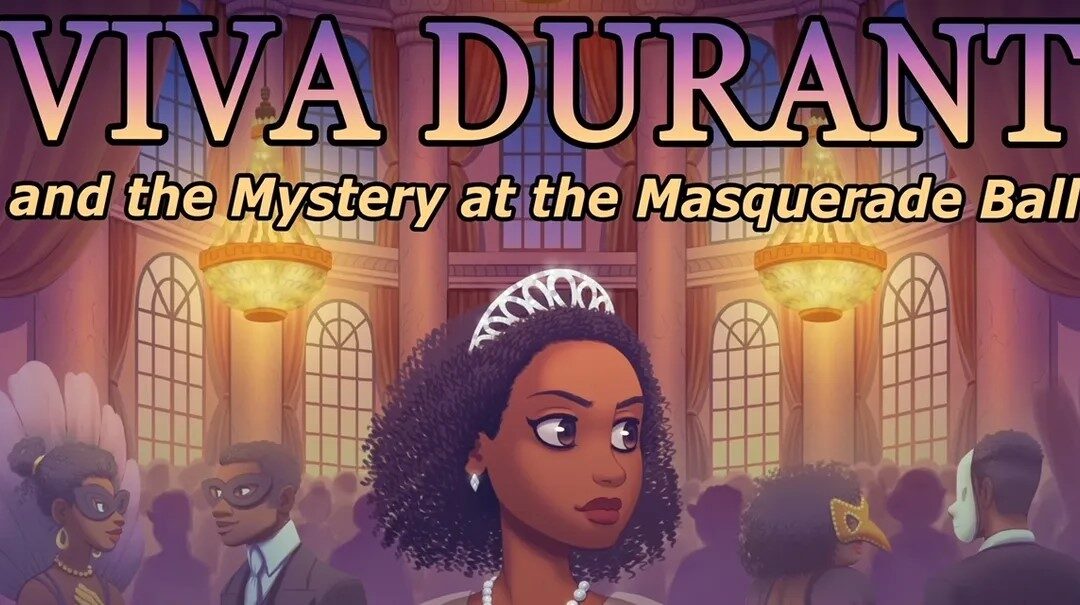
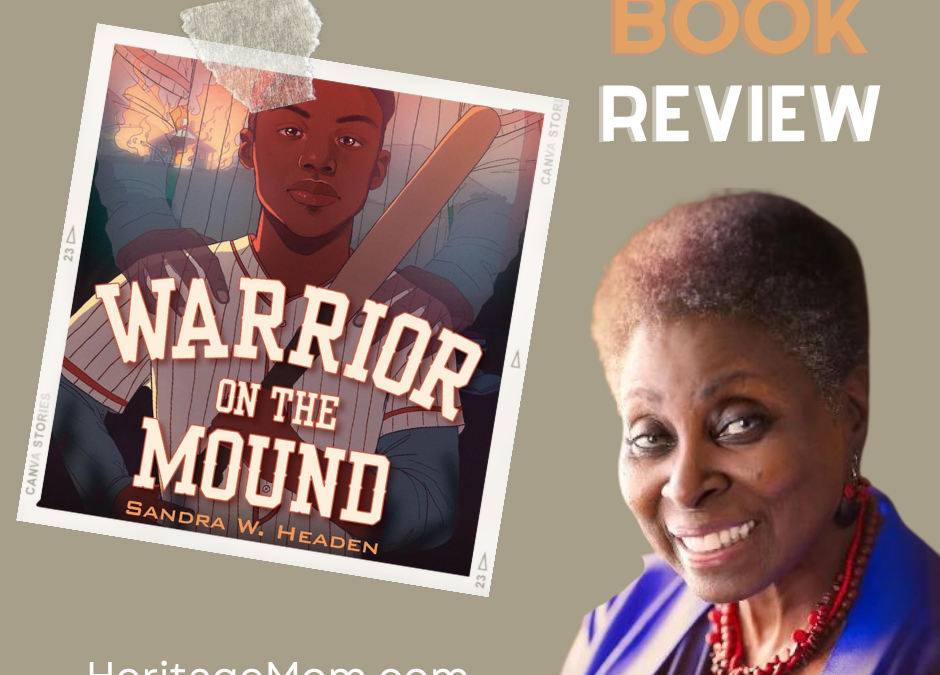
Thank you, just thank you.
You are so welcome. I’m glad you’re here.
I’m so thankful for this , God is using you to be such a huge blessing 😍🙌🏾🥰
Thank you for that encouragement. I hope I can continue to serve.
Sankofa looks very intriguing! Do you happen to know of any similar group with a Latino focus?
No, I don’t, but you’ve piqued my curiosity because there MUST be one (or more than one). I’m going to reach out to a few friends, and I’ll let you know if I find something.
What a comprehensive and thoughtful analysis. Thank you for taking the time to organize and preview these works!
You’re welcome! I really appreciate you popping over to take a look and for sharing your thoughts on FB.
Another thank you. Thank you Thank you.
You’re so welcome! I wish these books weren’t so necessary, but I did really enjoy putting the list together.
What a great list! We’ll be adding these to our library for sure.
A friend of mine gave me a tip many years ago when her son asked her about why someone was so much darker than he was. She put her arm next to his and said, “See? We’re different colors really, too. We say people are ‘white’ or ‘black’ or ‘brown,’ but really, no one is exactly the same shade of color anyway because God is the very best artist!” I was a very young mom, and I thought that was brilliant.
Now I’m an old mom (😉) teaching another daughter. I appreciate all your insight and work. Thank you!
Lol, not old – just seasoned. And I crave being around seasoned moms nowadays. Funny quick story – Last year, a couple of moms asked me to mentor them because they were looking for an “older” mom to learn from. I was looking over my shoulders trying to figure out who the older mom was! And I agree that God truly is the very best artist. That’s a lovely way to put it.
Thank you Amber for your continued good work. It has been very helpful to our family.
You’re welcome! I really appreciate you letting me know that it has been helpful.